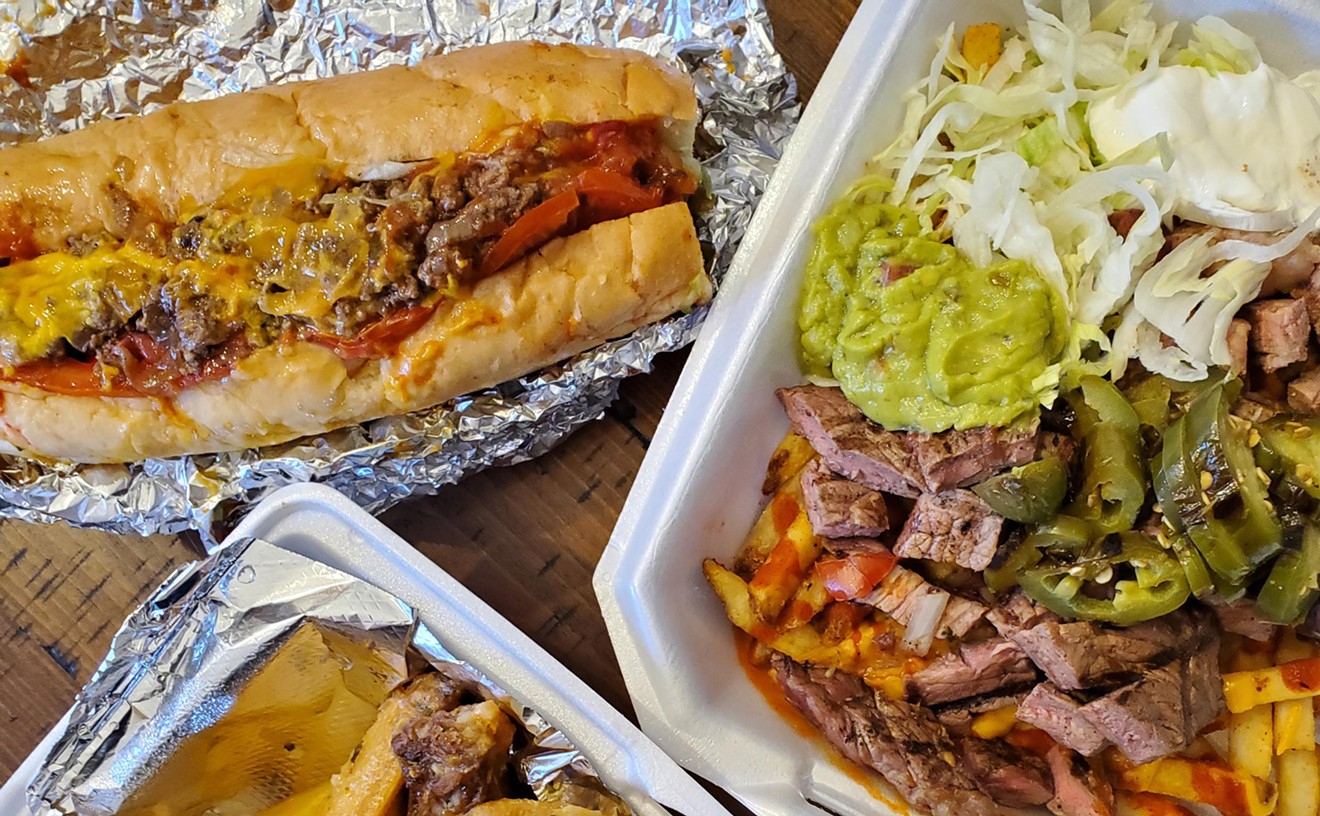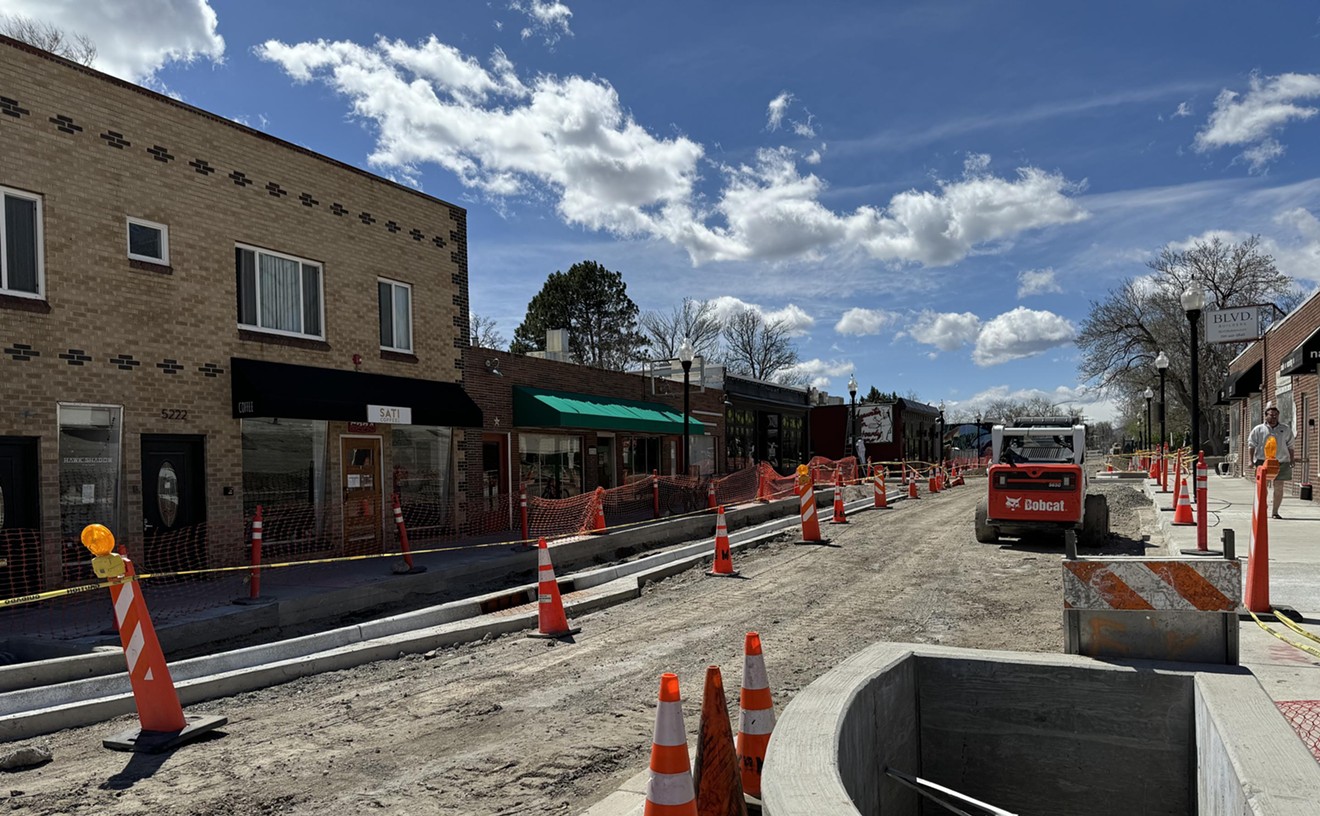But on nights when you don't feel like waiting for a table, or days when you want a big bowl of noodles (Uncle is closed at lunch), don't overlook Vietnam's answer to ramen: pho. See also: - Denver's Best New Restaurant 2013: Uncle - With Uncle, Tommy Lee proves he knows how to use the old noodle -- and make it new - Chef and Tell with Tommy Lee of Uncle
If ramen is relatively new to Denver, pho is not. We've been squeezing limes and adding bean sprouts, basil and jalapenos to big bowls of the stuff for years, long enough for pho-natics to take sides over which shop dishes up their favorite. In my review this week, I take a look at Pho Lee, one of the city's newest Vietnamese noodle shops. Until then, here's help for the uninitiated in how to tell the noodle bowls apart.
On the surface, pho and ramen seem quite similar -- piles of noodles in hot broth -- but they're really as different as sweet is from umami. Ramen can be topped with everything from poached eggs to pickled vegetables, whereas pho comes with a fairly standard plate of Thai basil, culantro, bean sprouts, jalapenos and limes to add at the table. In a bowl of ramen, the long, curly noodles are made from wheat, which has the structure-giving gluten that pho's rice noodles do not. Ramen stock is darker, richer and cloudy, often made from pork bones cooked at a rolling boil, whereas the base for pho is traditionally made from beef and scented with star anise, cinnamon and charred ginger.
Pho's broth is also clear, having been kept at a simmer and not boiled. In this, says Jorge de la Torre, dean of culinary education at Johnson & Wales University, pho reveals its historic roots. Having been colonized by the French, the Vietnamese "took many aspects of French culinary systems for making stock," he explains, "starting with a beef base, using mirepoix, slow simmering it, and using those meats later."
The resulting dish is something he could eat every day, de la Torre confesses.
Find out if Pho Lee is a place where you'll want to eat every day when my review is posted here tomorrow.
Follow @CafeWestword










